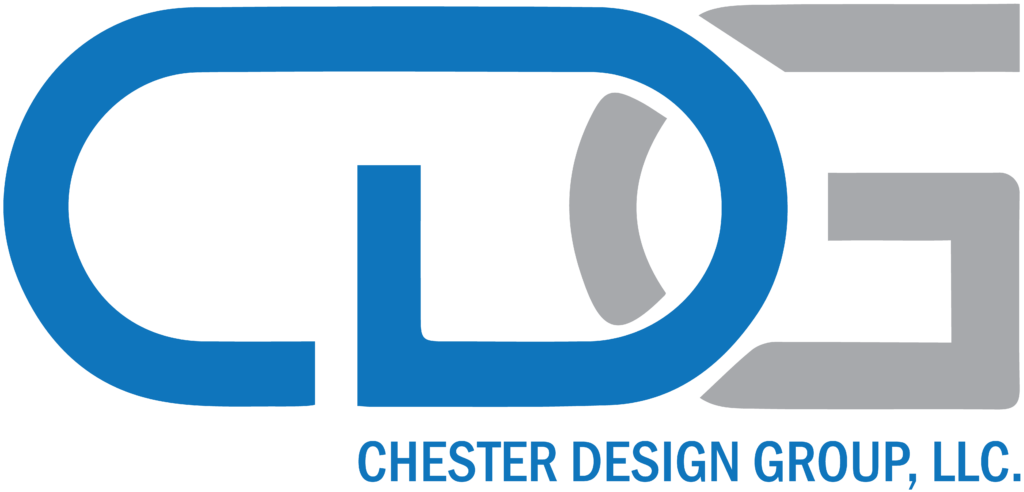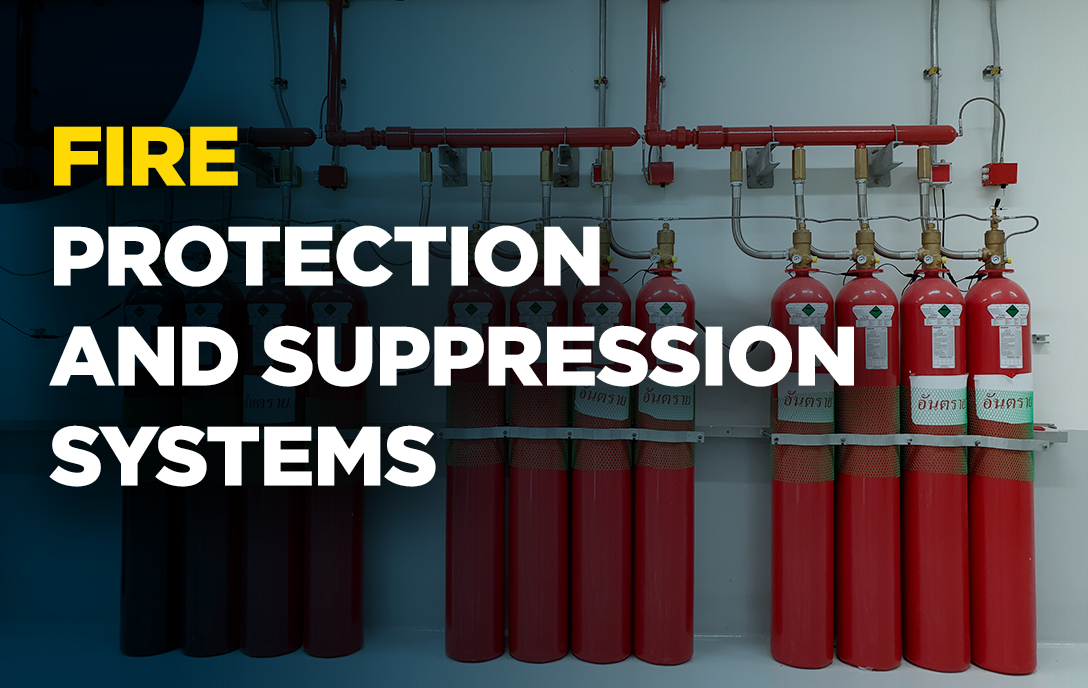Digital technology transforms each sector, especially fire protection and suppression system, with sprinklers and alarm options. Not to deny that today fire protection and suppression system is required for all commercial buildings and many new residential buildings. While it is possible to develop a building to include a fire protection and suppression system, it’s often the most cost-effective solution to have one during the building design phase of the project. Different fire suppression methods can be included during design versus a retrofit, where options may be more limited by the building or expense.
Building a fire protection and suppression system during the design stage is the most effective way of ensuring that you meet state or federal building codes and help minimize the overall risk and potential damage to the building in the event of a fire.
What matters more in this crucial protection task is that it takes more than installing a fire alarm system to save a life in the event of an outbreak. For example, when designing the overall structure of a building, there are many different rules and safety codes that core engineers follow to meet the standards of safety in a better way.
Which are the 5 Important Elements of Fire Protection and Suppression Systems?
1. Fire Alarm System
Saving people’s lives during fire start by making them believe that the fire threat is quite substantial. Somewhere, fire can spread all over the place within a limited time. So, the warning of a current fire somewhere in the building is essential in keeping the people aware of the danger coming your way.
The fire safety law often regulates and monitors the correct and proper fire alarm system installation in every room. The alarms are usually installed with an adequate placement strategy, so you get the appropriate fire alert during any particular event.
There are somewhere two types of fire alarms that you can vouch for! The best thing about these alarms is that both are effective for their purpose. The first type is that they come with an automatic fire alarm which can hassle-free detect fire and heat. Once the system reaches the safe heat temperature limit, it will diffuse a high-pitched alarm all around the building area. The other type is the manual type which often works when someone activates the system. The overall system activators usually have a lever and a push-button located in multiple areas. Still, they are always near the end of stairs, end of corridors, and exit and entrance doors.
2. Automatic Fire Sprinkler
Fire sprinklers are a valuable component of fire protection and suppression systems. They set off the fire before it goes wild. Therefore, one can consider it first aid in putting out the fire as an initial solution before it worsens.
One big lie about fire sprinklers is that all heads will work simultaneously. This wrong idea here can come from typical displays in movies when an actual character activates the fire sprinkler by heating one end, and suddenly, all heads dump the surrounding region. However, not the most used fire sprinklers work that way. Only one kind of sprinkler goes off when one head detects a fire, recalled as a deluge-type system. This type is not famously used in buildings now, so recreating scenes like this from a movie in real life is most unlikely.
Other automatic fire sprinklers are wet pipe sprinklers, dry sprinkler systems, and pre-action sprinklers.
-
Wet Sprinkler System
A wet pipe sprinkler is a type that conserves water on the pipe most of the time, so when the fire sprinkler becomes too active, the water is instantly sprayed when the fire is spread out! This type of fire sprinkler is often used more by people.
-
Dry Sprinkler System
Instead of water, the overall system here uses pressurized air or nitrogen to keep the activity of fire away. The air exits when more than one end of the sprinkler overall activates. Only then the water comes out.
-
Pre-action sprinkler system
A pre-action sprinkler system is also known as a dry sprinkler system. But here, the water is not contained in the pipes. Instead, pre-action valves hold back the water and will only release them when electrically operated by heat or flame.
3. Smoke Control System
During the event of fire along with the flames, a dangerous hazard is recalled as smoke, which causes difficulty in breathing and limits visibility. Inhaling too much smoke is often to the lungs and can cause respiratory failure and death. The effective handling of smoke will help people inside the building find their safe way to the exits without much suffocation.
The two smoke control systems are recalled as mechanical and passive systems. The automated systems are pre-installed in the initial construction of the building. It uses fans to counter control the movement of the smoke. In contrast, the passive systems serve mainly as a barrier to isolate the smoke without using power.
4. Emergency Exit and Procedure
Sometimes fire is difficult to control. If the event of a fire is out of your options and there are still individuals inside the construction site, emergency exits and signs play a beneficial role in directing everyone to safety. There are maps in the developing building that can guide individuals on where to leave for! But when the fire is spreading wild, you will never have the time to counter it on the map. Instead, you will be searching for a particular way to get out. People who know the construction projects should go directly and relentlessly to the nearest point. This is known as exit lighting, which can guide them to go outside.
Have you ever focused your attention on the wall paint of the construction’s interior? If you do, you have probably pondered that the walls usually have a lining at the bottom. Supposed that you are trapped during several fire situations, the smoke is heavy, and you do not know the exact way out, always remember that it’s best to stay low on the ground. The smoke will sometime rise, and avoiding it will give you more chance of finding the way out. Look for the wall lining. Somewhere, it will always lead you to the exit.
5. Fire Extinguisher
Being considered one of the best fire protection and suppression systems, fire extinguishers, in many cases, can prevent uncontrolled fires from spreading more. Somewhere, it can put out a starting fire and save many lives. Also, it is essential to have a portable fire extinguisher in every building and train someone to get into its operation.
Somewhere, portable fire extinguishers are known for their multipurpose nature and effectively put out most types of fire options like fires on papers, clothes, energized electrical equipment, and flammable liquids. The proper use of the most used portable fire extinguisher follows the PASS rule, which says:
P – Pull the safety pin from the main handle
A – Aim at the inception of the fire
S – Squeeze the point of the trigger
S – Sweep from side-to-side area
Final Words
So, it was all about the most crucial elements of fire protection and suppression system, which can help people stop fires using quality technology. Today, if you are looking to grab more information to stop the fire using the best tools available, never miss connecting with Chester Design Group. Their professionals and experts always help you with most construction projects with concept and quality development.

